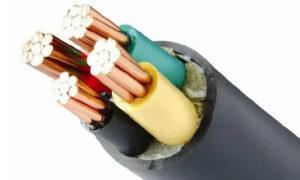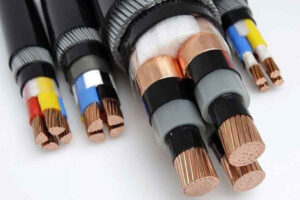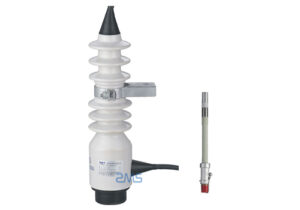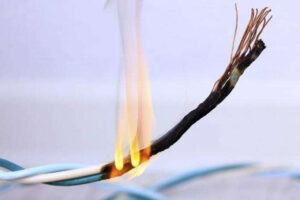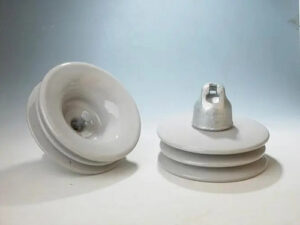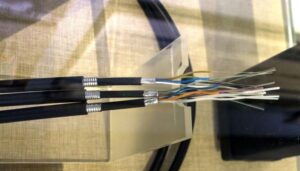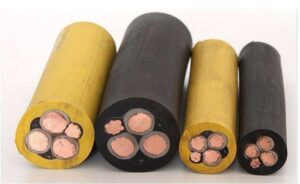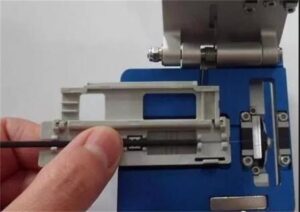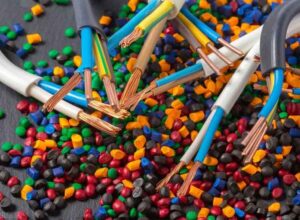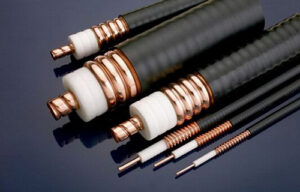Environmentally friendly cables are those that do not produce toxic and harmful substances before, during, and after use. For example, it does not contain heavy metals such as lead, cadmium, hexavalent chromium, and mercury, and does not contain brominated flame retardants. The environmental performance test by SGS recognized testing agency, in line with the EU environmental protection directive and higher than its index requirements. No harmful halogen gas, no corrosive gas, less fever when burning, no soil pollution of wire and cable.
Information
Recent cable industry information shared by the world’s top cable manufacturers. The most authoritative cable and wire website.
Introduction to Cross-Linked Polyethylene(XLPE) Insulated Power Cables
Cross-linked polyethylene(XLPE) insulated power cables are a common category of cables used in civil engineering, including normal, flame retardant, fire-resistant, and halogen-free low smoke flame retardant. Cross-linked polyethylene insulated power cables are resistant to environmental stress. It also has the characteristics of high mechanical strength, chemical resistance, excellent electrical performance, simple structure, lightweight, and easy to use.
Fuse The Main Classification
Fuses can be divided into high-voltage fuses and low-voltage fuses according to the voltage used. According to the protection object can be divided into fuses for protecting transformers and general electrical equipment, fuses for protecting voltage transformers, fuses for protecting power capacitors, fuses for protecting semiconductor components, fuses for protecting electric motors, and fuses for protecting household appliances, etc. The structure can be divided into open type, semi-enclosed type, tube type, and spray type fuse.
What are The Applicable Occasions and Selection Requirements for Flame Retardant Cables?
The flame-retardant nature of the cable in the case of multiple dense configurations should be by the “burning test method for bundled wires and cables”. As well as the cable configuration, the need to prevent catastrophic accidents and economic and reasonable principles, to meet the requirements of the appropriate category.
Main Defects and Causes of Porcelain Insulators for Overhead Lines
Among the electrical insulators used in overhead lines, porcelain insulators still occupy 1/3 share. It often appears in the operation of the defective fault including zero value, broken string, rust, etc. Once the above problems occur will seriously affect the line safety, today to talk about the causes of the above problems and countermeasures.
Briefly Explain What Is The Difference Between Fiber Optic And Fiber Optic Cable
First, explain the significance of fiber optic communication: fiber optic communication is one of the most meaningful inventions since World War II, without fiber-optic communication, there would not be today’s communication network.
PVC Cable Material Has These Five Major Problems, How To Solve Them?
The composition of PVC cable material is: PVC as the base resin, add stabilizer, lubricant, inorganic filler, etc., after mixing and kneading extrusion and preparation of the particles. PVC cable material is still one of the most used cable materials.
When using PVC cable material, porosity, surface roughness, and brittleness may occur. We discuss in detail the causes of these phenomena:
Fiber Optic Cable Fiber in The Weak Construction Needs to Pay Attention to The Problem
Optical fiber is a light transmission tool that uses the principle of total reflection of light in fibers made of glass or plastic to reach. Compared with copper cables, optical fibers are very fragile and easily damaged, especially during the construction of optical fibers. Today, this article will talk about the seven problems that must be paid attention to during the construction of optical fiber cables.
5 Reasons for The Explosion of Wire and Cable
In recent years, with the widespread use of electricity, cable has also entered our lives. However, cable accidents are also common, especially the frequent occurrence of accidents in the cable, which poses a great threat to our personal safety. So what exactly is the cause of the explosion of wire and cable? How should we … Read more
What is the Coaxial Cable? And What Are Its Uses?
A coaxial cable is a wire and signal transmission line. It is generally caused by four layers of material: the innermost is a conductive copper wire, and the outside of the wire has a layer of plastic (used as an insulator, a dielectric). On the outside of the insulator, there is a thin mesh of conductive bodies (usually copper or alloy). Then the conductor is outside the outermost layer of insulating material as the outer skin.

